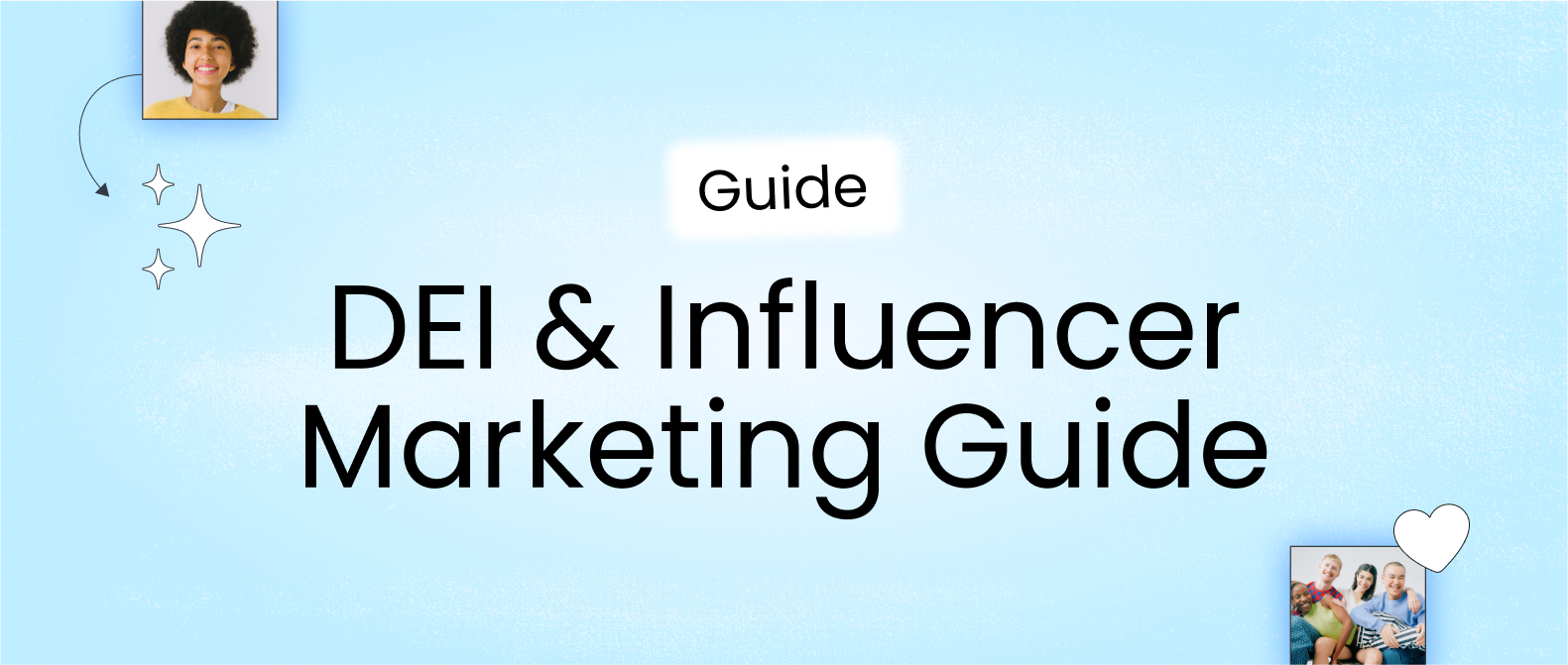Downloadable
DEI & Influencer Marketing Guide

Enter your details to download!
How to Use The DEI & Influencer Marketing Guide
In this guide, you’ll learn:
Why representation in influencer marketing matters
5 steps to make your influencer marketing programs more diverse and inclusive
How to create inclusive marketing materials
And so much more
Learn more about DEI in influencer marketing – download now!
Created by Pros

Later Team
Later's team of social media experts have a wealth of experience in creating content for various channels, partnering with creators, and developing social strategies for brands around the world. From YouTube to Instagram; blog posts to newsletters; courses to reports, Later has got you covered with the latest social media trends, tips, and resources to help your brand grow.
Share
Guide to DEI in Influencer Marketing
Learn how your brand can support diversity, equity & inclusion within your influencer marketing strategy.
Your DEI & Influencer Marketing Guide is on its way to your inbox!
Can't wait? Download it here now.
Grow your revenue with trusted influencers.
